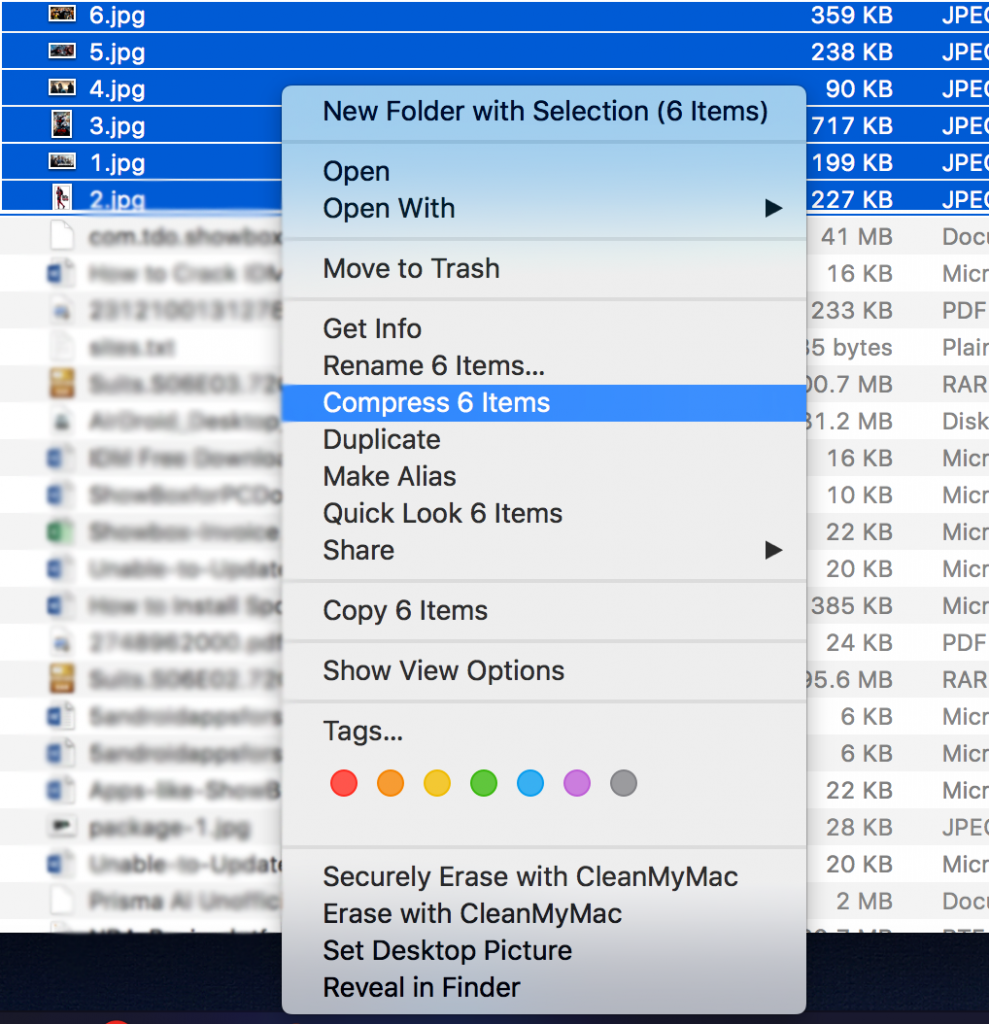Files you download from the Internet are often compressed or zipped so that they take up less space and arrive much faster than files that haven't been compressed. Cad dxf free software. You can easily identify compressed files by their extensions, such as .zip (a common standard used in OS X and Windows) and .sit. Before you can use these files, you must learn how to unzip files on mac computers for proper access – luckily the process isn't that complicated!
The Mac's built-in compression and decompression option uses the ZIP format, which also happens to be one of the most commonly used archive file formats on the Internet. Dell mac keyboard. It's a lossless data compression scheme, which means that your file will remain exactly the same after being compressed then decompressed—you won't lose any data. Betfair casino com.
How To Convert File To Zip On Mac
Dec 05, 2019 Mac and Windows computers have their own built-in compression features that can easily zip files or folders. How to Zip a File on Mac. If you need to email several files, you can spare yourself the hassle of attaching each file individually to your email. You can create a ZIP file or zip a bunch of files and attach them in batches. How to Zip a File or Folder on Mac Click the Finder icon in your Mac's Dock to make sure it's the active application. Right-click (or Control-click ) on the file or folder you want to compress. Mac OS X and macOS both come with a built-in compression system that can zip and unzip files. This integrated system is relatively basic, which is why many third-party apps are also available. A quick look at the Mac App Store reveals more than 50 apps for zipping and unzipping files.
How to unzip files on mac computers
How to get minecraft premium for free mac. https://nopsoposwell1971.mystrikingly.com/blog/adobe-all-software-download. Unzipping a file on a mac computer is user-friendly and intuitive. To unzip files on a mac, simply follow the steps below:

- Double click the zipped file.
- The file will automatically be decompressed by Archive Utility into the same folder the compressed file is in.
- Access the extracted files by clicking the appropriate icons.
Alternatively, if the method above does not work, you can right-click on the .zip package, and select Open With > Archive Utility (default).
Apple and third party software
Apple used to include a program called StuffIt Expander to decompress zipped files, but doesn't now that OS X lets you unzip files (but not .sit files). However, StuffIt from SmithMicro Software still comes in handy for opening other types of compressed files, notably the .sit or .sitx compressed types. Go to www.stuffit-expander.com or www.stuffit.com/mac/index.html to download a free version of the software or to splurge for the Deluxe version. In addition to compressing files, StuffIt Deluxe lets you encrypt and back up files.
Meanwhile, you can archive or create your own .zip files through OS X, which is useful if you're e-mailing a number of meaty files to a friend. Right-click (or Ctrl-click) files you want to compress inside Finder and choose Compress Filename. The newly compressed files carry the .zip extension. The archive is created in the same location as the original file and is named originalfilename.zip. You can also choose File→Compress. If you compress a lot of files at once, the archive takes the name Archive.zip.
By default, compressed files are opened with the Archive Utility. It appears in the Dock (in Leopard) while the files are being unsqueezed, unless you choose to open them with Stuffit Expander or some other program.
How to zip files on a mac
On the flip side, you can also archive or create your own .zip files through OS X, which is useful if you're e-mailing a number of meaty files to a client or friend. Cinematic studio solo strings kontakt download free. Follow the step-by-step instructions below to easily zip files on a mac:
How To Encrypt Zip File On Mac
- Right-click or Ctrl-click the multiple files you want to compress (whether on the desktop or inside the Finder).
- Select Compress Filename from the pop-up menu.
- The files are now compressed in a .zip extension and the archive is created in the same location as the original file name, except with the .zip appended to its name.
On some Apple computers, you can also compress a file by simply choosing File→Compress. If you compress a lot of files at once, the archive takes the name Archive.zip.
